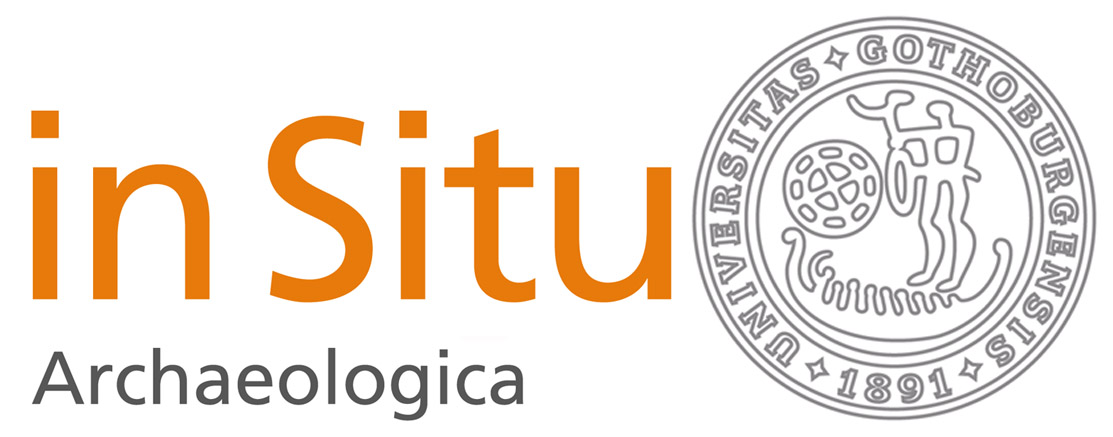About the journal
In Situ Archaeologica's focus area includes all types of Scandinavian archeology or archeology relevant to Scandinavian archaeology, as well as relevant sub- or interdisciplinary perspectives.
In Situ Archaeologica is an open access journal, and submitted manuscripts are subject to double blind peer review.
In Situ Archaeologica was established as a scholarly journal in 1998. First published under the name In Situ West Swedish archaeological journal, the journal changed its name to In Situ Archaeologica in 2006. Learn more >>


